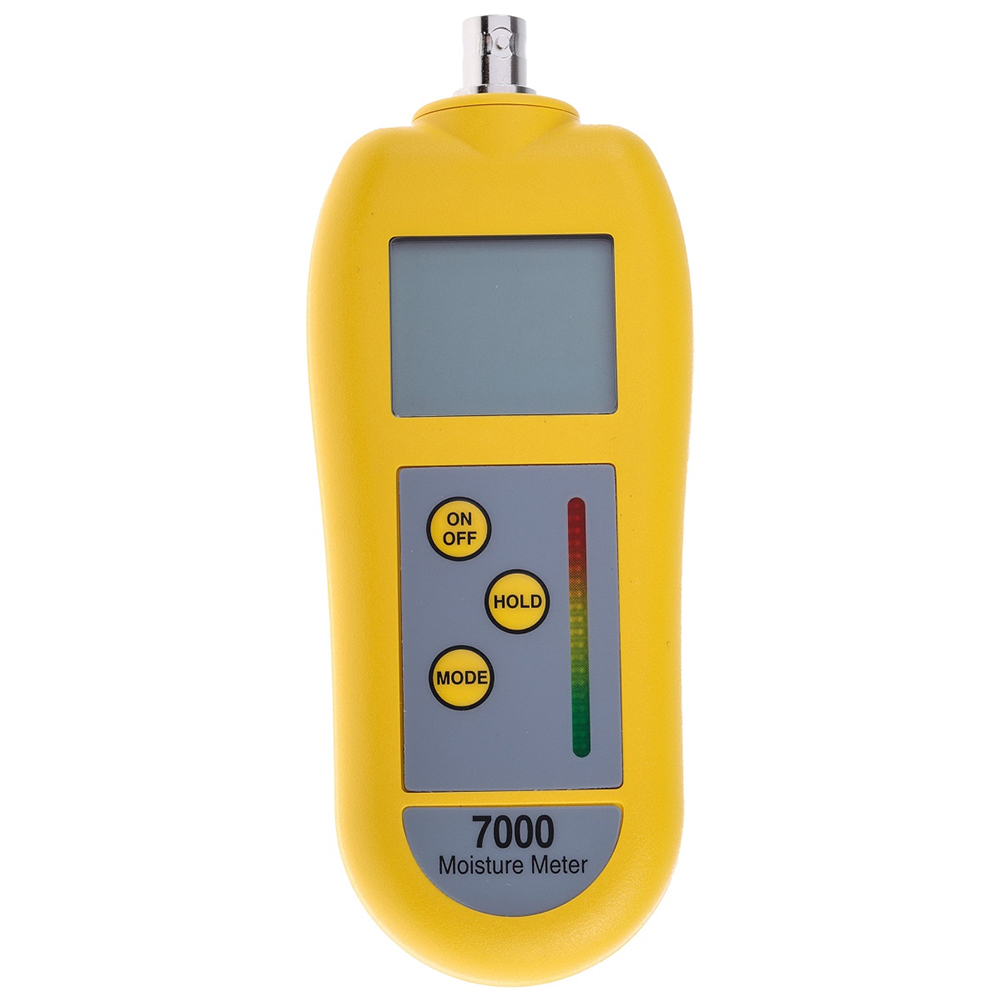Look Into the Globe of Moisture Meters: Every Little Thing You Required to Know
In the realm of moisture meters lies a world of accuracy and functionality that commonly goes undetected. These devices, while relatively simple, hold a riches of info that can dramatically impact different sectors and applications. Comprehending how moisture meters operate, the different types readily available, and their varied usages can clarify their significance in ensuring top quality and efficiency. By discovering the details of moisture meters, one can reveal a valuable tool that transcends plain measurement, providing insights that can make a substantial distinction in various fields.
Just How Moisture Meters Work
Moisture meters operate by determining the electrical conductivity or capacitance of materials to establish the moisture material existing. These meters are invaluable tools throughout different sectors, consisting of woodworking, farming, and construction. By using various methods such as pin-type or pinless modern technology, dampness meters give accurate analyses that assist experts make notified decisions.
Pin-type dampness meters function by placing the sharp pins into the material being evaluated. On the other hand, pinless dampness meters make use of electro-magnetic signals to check a bigger area without creating any kind of damages to the product's surface area.
No matter the approach utilized, wetness meters play a crucial function in avoiding problems such as mold and mildew development, architectural damage, or product defects triggered by excess dampness. Understanding exactly how these meters work is essential for making sure the high quality and honesty of products in numerous applications.
Kinds Of Moisture Meters
Provided the essential function wetness meters play in various sectors, it is necessary to recognize the various kinds offered to professionals for properly examining wetness degrees - Moisture Meter. There are largely 2 primary kinds of wetness meters: pin-type and pinless moisture meters

On the various other hand, pinless wetness meters make use of electro-magnetic sensing unit plates to check a larger area of the material without causing any kind of damages. This kind appropriates for swiftly scanning big areas and is generally utilized for flooring, walls, and ceilings. Pinless meters are hassle-free for taking readings on completed surface areas without leaving any kind of visible marks.
Both kinds of dampness meters have their benefits and are selected based upon the details needs of the job handy. Comprehending the distinctions in between these kinds is vital for professionals to make exact dampness evaluations.
Applications Throughout Industries
Building and construction experts rely on wetness meters to assess the dampness levels in structure materials like drywall, timber, and concrete, which is crucial for keeping structural honesty and stopping concerns like rot or mold and mildew. The flooring sector utilizes dampness meters to measure the dampness material in subfloors prior to installing numerous floor treatments, preventing expensive damages due to excess dampness. In the food market, moisture meters are utilized to monitor and manage moisture degrees in products such as grains, nuts, and dried out fruits to maintain quality and top quality.
Tips for Utilizing Dampness Meters
Utilize the wetness meter's calibration settings to make sure accurate analyses when measuring the dampness material in different products. Calibration is essential for the appropriate performance of a dampness meter. Before each use, it is a good idea to examine and adjust the calibration settings according to the details material her comment is here being evaluated. Furthermore, make certain the meter is readied to the appropriate wetness variety for the product you are measuring to acquire one of the most precise results.
When making use of a pin-type dampness meter, place the pins to the proper deepness suggested for the material being tested. This ensures that the moisture analyses are extracted from the right deepness within the material, offering a more accurate depiction of its dampness material. For pinless moisture meters, remember to keep appropriate contact with the material's surface area to obtain trusted analyses.
Frequently inspect and replace the batteries in your dampness meter to stop incorrect analyses as a result of low power. When not in usage to extend its lifespan and preserve its accuracy, Shop the meter in a dry and secure location. By adhering to these ideas, you can take full advantage of the efficiency of your moisture meter and get accurate dampness content dimensions across various materials.
Upkeep and Calibration
To make certain the precision of dampness web content measurements, routine upkeep and calibration of the dampness meter are crucial actions in its proper functioning. Calibration adjusts the wetness meter to guarantee that it supplies trustworthy and constant outcomes.
Calibration must be done regularly, especially if the wetness meter is used regularly or in vital applications where accurate dimensions are needed. By calibrating the dampness and keeping meter on a regular basis, customers can rely on the accuracy of the dampness content dimensions acquired.
Verdict

Finally, moisture meters play a critical function in numerous sectors by accurately measuring the wetness web content of materials. Comprehending just how these tools work, the different types readily available, and proper maintenance and calibration are necessary for getting dependable results. Whether in farming, building, or production, the use of wetness meters aids ensure quality assurance and efficiency in processes.

In verdict, dampness this link meters play a critical duty in numerous markets by precisely determining the moisture content of materials.